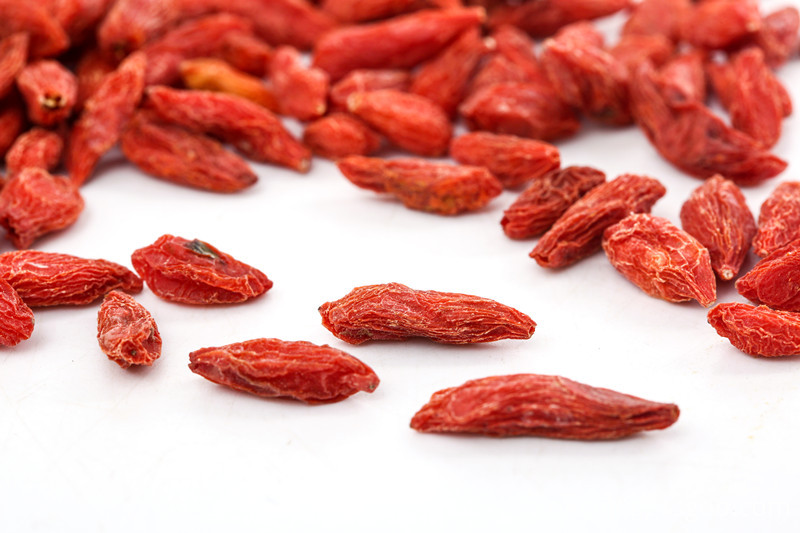After spring, wheat is in the period from turning green to jointing, which is the endanger period of full-blown wheat, sheath blight, root rot, bushy dwarf, and yellow dwarf, and it is also a hazard to wheat spiders, underground pests, and weeds. Prosperous period. Therefore, we must do a comprehensive prevention and control of wheat pests and diseases after the spring.
Strengthening fitness cultivation to prevent pests and weeds should organically combine cultivation measures with pest control, and properly paddling, top dressing and watering, in order to improve the resistance of wheat to various diseases. Proper planning can also eradicate weeds.
Vigorously implementing chemical weed control for autumn and winter can not carry out chemical weeding, we must seize the spring from late February to mid-March after the turn of wheat after the appropriate period of prevention, timely chemical weeding. The wheat fields that are mainly harmed by dicotyledonous weeds can use 5.8% Maixi EC 10ml or 20% per mu to make it 50-60 ml per mu; for wheat fields mainly affected by monocotyledonous weeds, 3% can be used. Emulsifiable concentrates of 25 to 30 milliliters per mu, as well as stem and leaf spray control; dicotyledonous weeds and monocotyledonous weeds can be mixed and controlled with the above agents. In recent years, accidents caused by chemical weeding have caused repeated crop injury. The long-lived herbicides chlorsulfuron and metsulfuron are liable to produce phytotoxicity to crops such as cotton, peanuts and corn after use in wheat fields and should be prohibited from use. 2,4-D butyric acid herbicides are extremely sensitive to the dicotyledonous crops and are prone to injury. In cotton, peanut and other crop planting areas, 2,4-D butyric acid should be avoided to prevent weeds in wheat fields. Crop injury.
Improve pest control In recent years, wheat root disease mainly caused by sheath blight has been seriously affected, which has a greater impact on wheat yield, especially on high-yielding plots of wheat yield. The key to the prevention and control of wheat sheath blight is mixing and spraying, that is, seed dressing and spraying. However, in the prevention and treatment of wheat sheath blight, there is a situation where the control of spraying is lighter in the rejuvenation period, or the prevention and treatment is delayed, which is the main reason for poor control efficacy. Therefore, we must pay attention to the prevention and control of returning to the green period, grasp the appropriate period for prevention and control, use appropriate pesticides for prevention and control according to the pest control index, and vigorously apply pesticides and fungicides to mix pesticides and implement scientific prevention and control. The main pest control indicators for wheat turning green to jointing stage are sheath blight disease rate of 15% to 20%, underground pests 3% for wheat seedlings, wheat spiders for 600 per rice. The control of sheath blight can be used 5% Jinggangmycin 150-200 ml per mu water 75 to 100 kg sprayed wheat stem base, interval 10 to 15 days and then spray once; 40% methyl isofluosal can be used to control the underground pests or 50 % phoxim 40-50 ml sprayed wheat stem base per acre; control wheat spider can be used 73% Kotel emulsion 1500 ~ 2000 times liquid spray control.
Organic 500Grains/50G Goji Berry from Qixiang Company is full of nutritions. In Chineses, we use it to make tea, cook, make soup. Especialy adult loves dried goji berris very much, because they think it can give them more energy and make them healthier. Dried Goji Berry is so useful in daily life if you have much work to do and feel tired everyday. And dried goji berry is also a traditonal Chinese herb, the medicine value of goji has a long history.
From wild to cultivate then to the processed products, goji berry has undergone thousands of years. Now, goji berry is already a well-known and propitious treasure, a best traditional medicine material which can improve health, cure illness and prolong our life, and a typical plant for world`s Goji industry to carry out the comprehensive research and development.

Appearance
1) Color: Red or deep red oval dried berry
2) Taste & Odor: Dried Goji Berry taste, no peculiar smell
Model Number
Second grade: 500grains /50gram, according to GBT18672-2014
Country of Origin
ZHONGNING, NINGXIA, CHINA
Package
5kg in aseptic bag, and two bags per paper carton
Storage
Normal temperature for 12 months.
Organic 500Grains/50G Goji Berry
Ningxia Dried Goji Berry Organic,Certified Organic Ningxia Goji Berry,Certified Organic Bulk Red Goji Berry,Certified Organic Goji Berry
Ningxia Qixiang Biologic Foodstuff Co., Ltd. , https://www.qxgoji.com